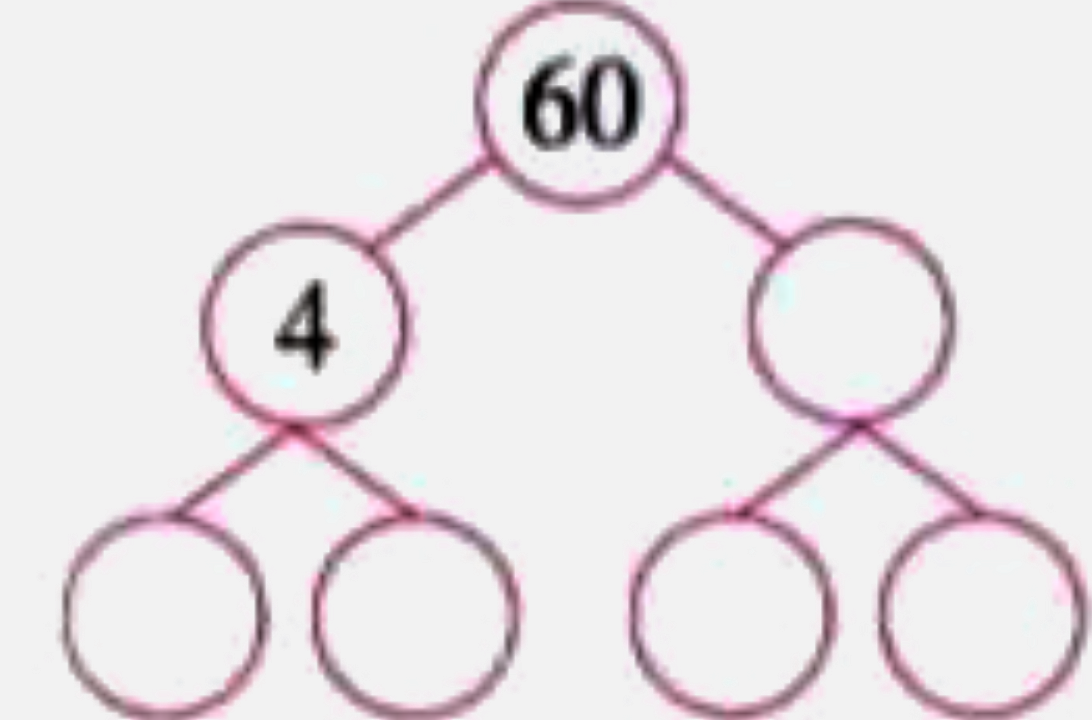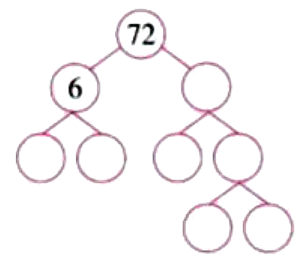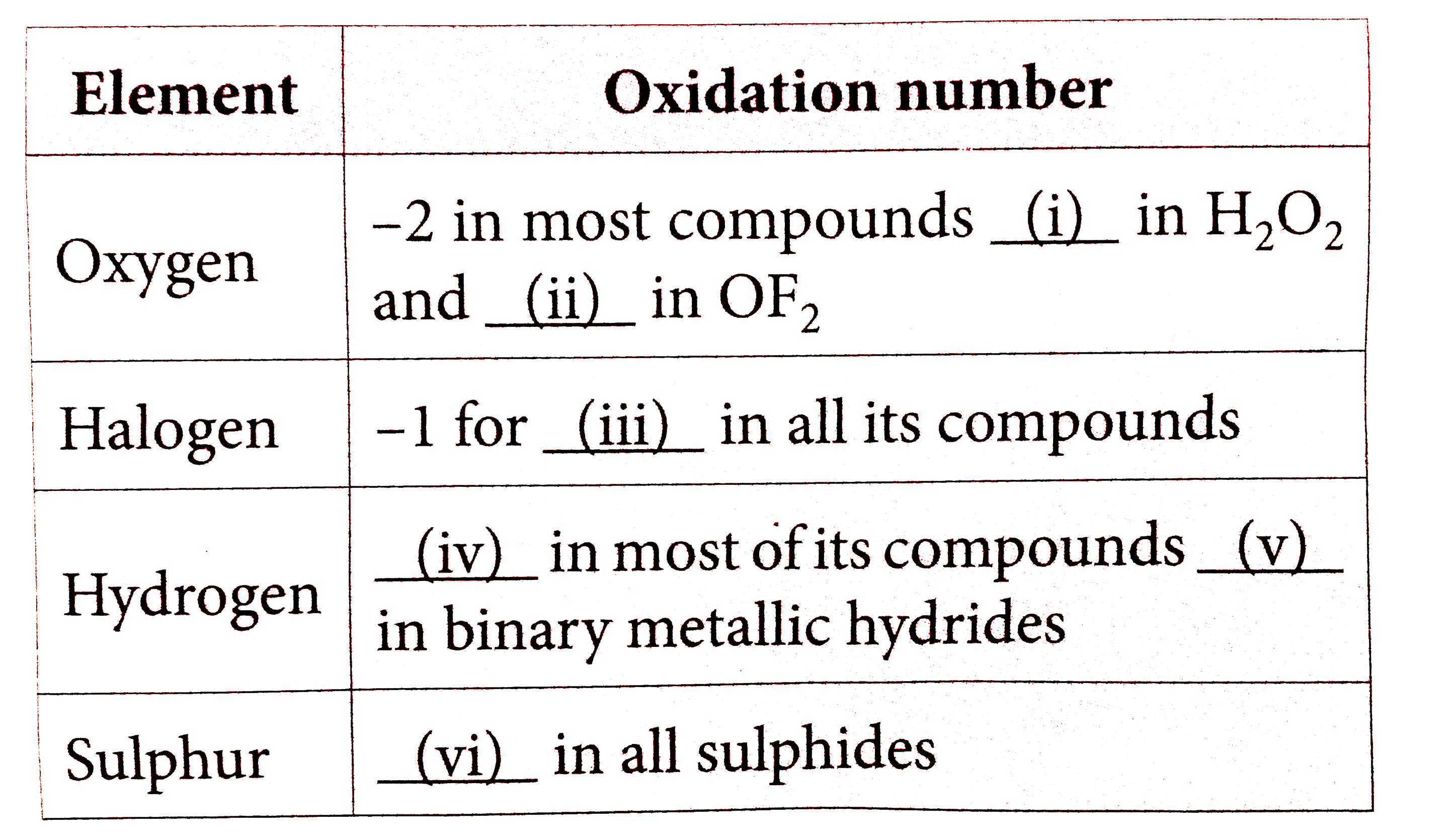Fill in the blanks from the choices given below:
In covalent compounds, the bond is formed due to the ............ (sharing/transfer) of electrons.
To solve the question, we need to fill in the blank regarding how bonds are formed in covalent compounds. Let's break it down step by step:
1. Understanding Covalent Compounds:
- Covalent compounds are formed between non-metals or between a non-metal and a metalloid.
2. Nature of Bond Formation:
- The bond in covalent compounds is characterized by the interaction of electrons.
3. Electron Interaction:
- In covalent bonding, atoms share electrons to achieve a full outer shell, which is often referred to as completing the octet.
4. Example of Electron Sharing:
- For instance, if we take two elements, each with seven electrons in their outer shell, they can share one unpaired electron each. This sharing allows both atoms to achieve eight electrons in their outer shell, fulfilling the octet rule.
5. Conclusion:
- Therefore, the correct term to fill in the blank is "sharing". In covalent compounds, the bond is formed due to the sharing of electrons.
Final Answer:
In covalent compounds, the bond is formed due to the sharing of electrons.
---
- Covalent compounds are formed between non-metals or between a non-metal and a metalloid.
- The bond in covalent compounds is characterized by the interaction of electrons.
- In covalent bonding, atoms share electrons to achieve a full outer shell, which is often referred to as completing the octet.
- For instance, if we take two elements, each with seven electrons in their outer shell, they can share one unpaired electron each. This sharing allows both atoms to achieve eight electrons in their outer shell, fulfilling the octet rule.
- Therefore, the correct term to fill in the blank is "sharing". In covalent compounds, the bond is formed due to the sharing of electrons.
In covalent compounds, the bond is formed due to the sharing of electrons.
Topper's Solved these Questions
- CHEMICAL BONDING Book:ICSEChapter:CHEMICAL BONDING Exercise:Questions from Previous ICSE Board Papers (2012)
Explore 1 Video
- CHEMICAL BONDING Book:ICSEChapter:CHEMICAL BONDING Exercise:Questions from Previous ICSE Board Papers (2013)
Explore 4 Videos
- CHEMICAL BONDING Book:ICSEChapter:CHEMICAL BONDING Exercise:Questions from Previous ICSE Board Papers (2010)
Explore 2 Videos
- ANALYTICAL CHEMISTRY-USE OF AMMONIUM & SODIUM HYDROXIDEBook:ICSEChapter:ANALYTICAL CHEMISTRY-USE OF AMMONIUM & SODIUM HYDROXIDEExercise:Additional Questions
Explore 6 Videos
- CHEMISTRY 2011Book:ICSEChapter:CHEMISTRY 2011Exercise:SECTION-II
Explore 48 Videos
Similar Questions
Fill in the blanks in the factor trees given below

View SolutionFill in the blanks in the factor trees given below

View SolutionIn covalent compounds the bond is formed due to the ______________ of electrons. (sharing/transfer)
View SolutionFill in the blanks from the choices given below:
Electrovalent compounds have a..................... (low/high) boiling point.
View SolutionFill up the table from the given choice.

View SolutionFill in the blank from the choices given: The basicity of acetic acid is ____
View SolutionFill in the blanks from the choice given: Electrovalent compoun have ____ [high/low] melting points.
View SolutionBoron form covalent compound due to
View SolutionFill in the blanks from the choices given below:
Across a period, the ionization potential …....... (increases, decreases, remains same).
View SolutionFill in the blanks in different columns of the table given below :

View Solution